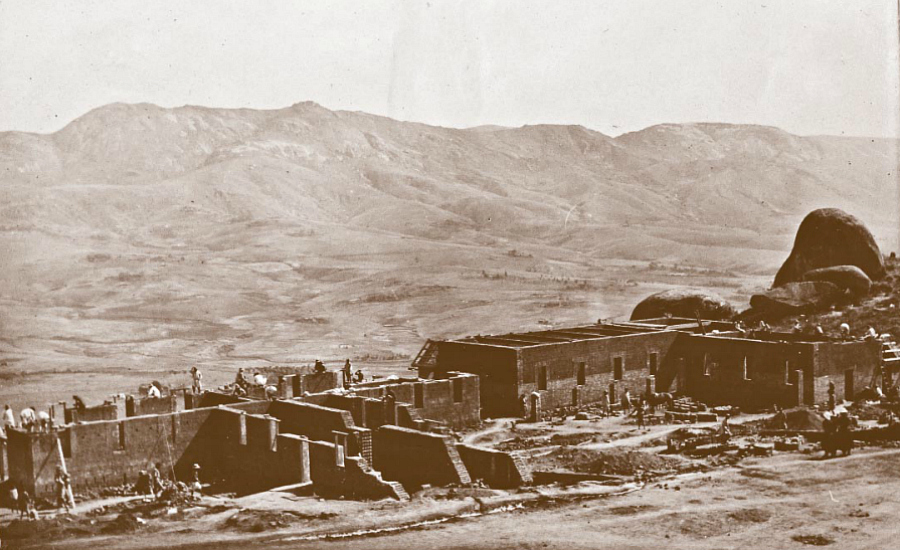
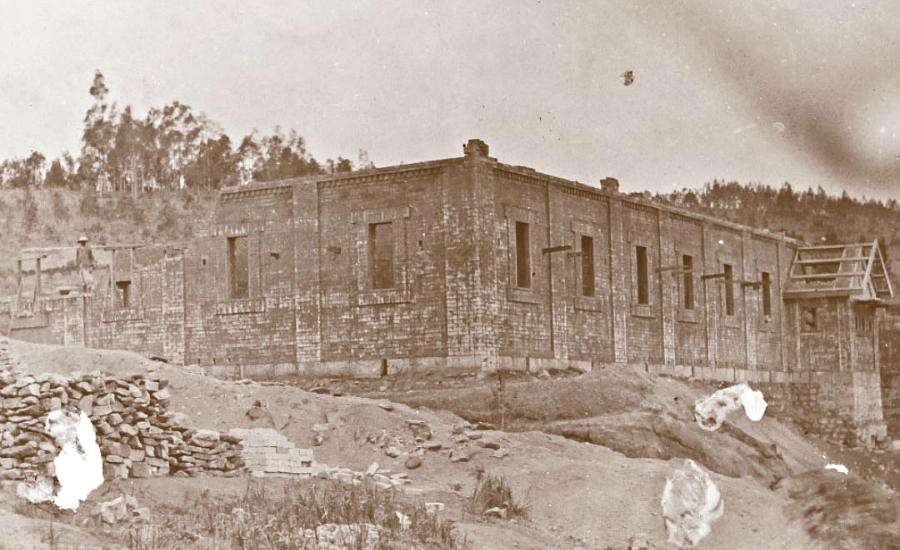
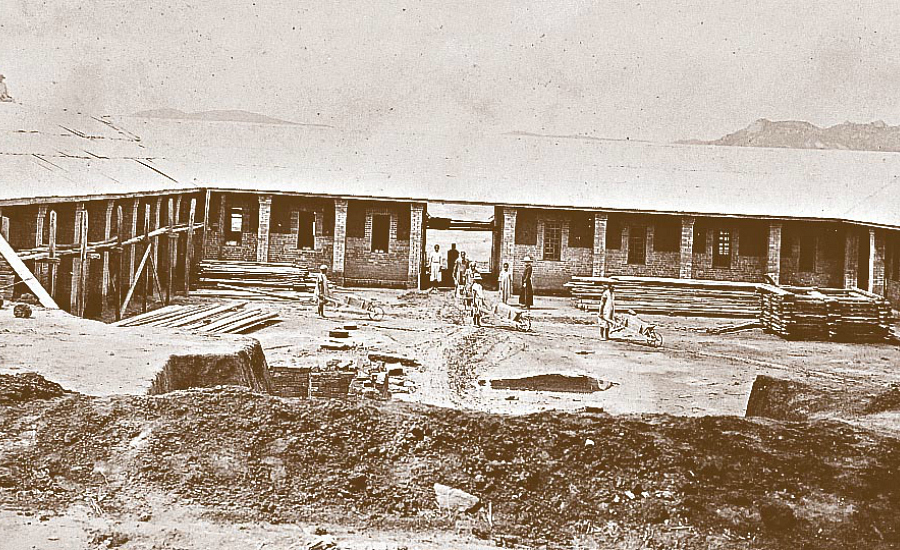
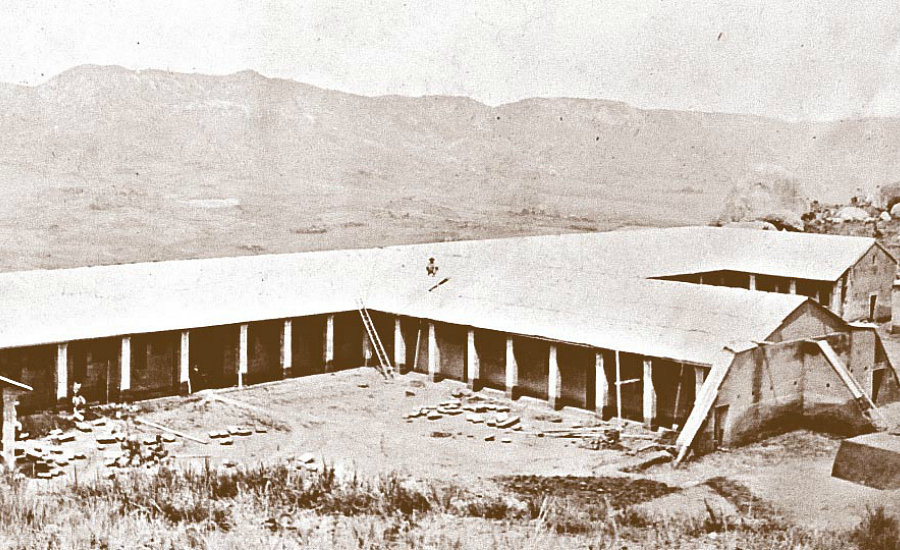
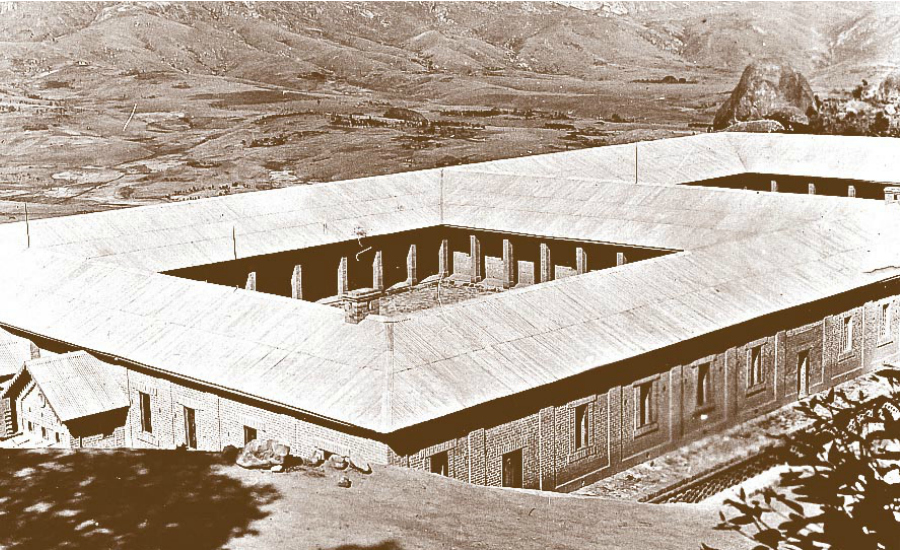
The experience he got working with the lepers gave him the idea of building the hospital for 200 patients where the poor could get the care and treatment. The construction cost was a huge sum of money - 150 000 franks. (If we take into account the actual price for silver or gold in PNB it will make a total of about 1,2 mln USD). Being a Pole - he addressed the Polish society for financial assistance. He carried on correspondence writing letters to the whole world. And yet his main addressee was a periodical “The Catholic Missions.” By publishing his letters in this magazine, he wanted to attract public attention to the fate of the lepers and the adversity they lived in. He also expressed his humble request for financial assistance. During his stay on Madagascar Father Beyzym kept hold of his pen, successfully appealing to the sensitive Slavic soul of his fellow-countrymen. He trusted Holy Mother infinitely. He asked for Her intercession and She never let him down. Father’s compatriots were also quick to answer the call! The lists of donations for the hospital construction for the years 1899 - 1912 are preserved. When we look through these documents, this glorious sign of our public benevolence, we cannot help feeling proud. We can find there the names of people of different professions, social status, city and village inhabitants. The benefactors were mainly poor and anonymous. The contribution note is short. That fact speaks for itself. Carmelite nuns from Cracow supported him greatly as well. Blessed Mother Teresa Ledochowska also helped him with money, paraphernalia, liturgical utensils and garments. She published his letters in her magazine “The Echo from Africa”. Father Beyzym strongly believed that Polish people, there was no such a country on the world maps at that time, would help him build the hospital. In one of his letters he wrote: “Although the country is in trouble, the heart is kind and benevolent, one way or another we will get through.”
At the end of September 1902 Father Beyzym left Ambahivoraka. On October, 3 he took the road to Fianarantsoa, which was located about 395 km from the capital city. He went there on foot in tropical heat and rain. After Father Beyzym’s leaving, the country authorities closed the asylum, where he had been serving his “black chicks” for the last four years. The asylum inhabitants were transferred to the government-owned health institution, located six hours of way from Ambahivoraka. The living conditions there were terrible. 700 people were placed there in the over-occupied, shabby barracks guarded by the police not to escape.
Fr Czeslaw H. Tomaszewski SI